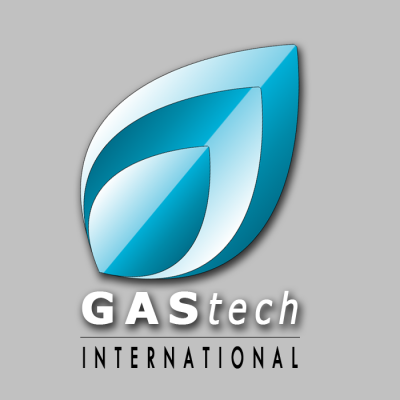Mini-Challenge 2:

Many of the Abila, Kronos-based employees of GAStech have company cars which are approved for both personal and business use. Those who do not have company cars have the ability to check out company trucks for business use, but these trucks cannot be used for personal business.
Employees with company cars are happy to have these vehicles, because the company cars are generally much higher quality than the cars they would be able to afford otherwise. However, GAStech does not trust their employees. Without the employees? knowledge, GAStech has installed geospatial tracking software in the company vehicles. The vehicles are tracked periodically as long as they are moving.
This vehicle tracking data has been made available to law enforcement to support their investigation. Unfortunately, data is not available for the day the GAStech employees went missing. Data is only available for the two weeks prior to the disappearance.
To promote local businesses, Kronos based companies provide a Kronos Kares benefit card to GASTech employees giving them discounts and rewards in exchange for collecting information about their credit card purchases and preferences as recorded on loyalty cards. This data has been made available to investigators in the hopes that it can help resolve the situation. However, Kronos Kares does not collect personal information beyond purchases.
As a visual analytics expert assisting law enforcement, your mission is to identify which GASTech employees made which purchases and identify suspicious patterns of behavior. You must cope with uncertainties that result from missing, conflicting, and imperfect data to make recommendations for further investigation.
Use visual analytics to analyze the available data and develop responses to the questions below. In addition, prepare a video that shows how you used visual analytics to solve this challenge. Submission instructions are available here. Entry forms are available for download below.
Tasks and Questions:
Using just the credit and loyalty card data, identify the most popular locations, and when they are popular. What anomalies do you see? What corrections would you recommend to correct these anomalies? Please limit your answer to 8 images and 300 words.
Add the vehicle data to your analysis of the credit and loyalty card data. How does your assessment of the anomalies in question 1 change based on this new data? What discrepancies between vehicle, credit, and loyalty card data do you find? Please limit your answer to 8 images and 500 words.
Can you infer the owners of each credit card and loyalty card? What is your evidence? Where are there uncertainties in your method? Where are there uncertainties in the data? Please limit your answer to 8 images and 500 words.
Given the data sources provided, identify potential informal or unofficial relationships among GASTech personnel. Provide evidence for these relationships. Please limit your response to 8 images and 500 words.
Do you see evidence of suspicious activity? Identify 1- 10 locations where you believe the suspicious activity is occurring, and why Please limit your response to 10 images and 500 words.
If you solved this mini-challenge in 2014, how did you approach it differently this year?